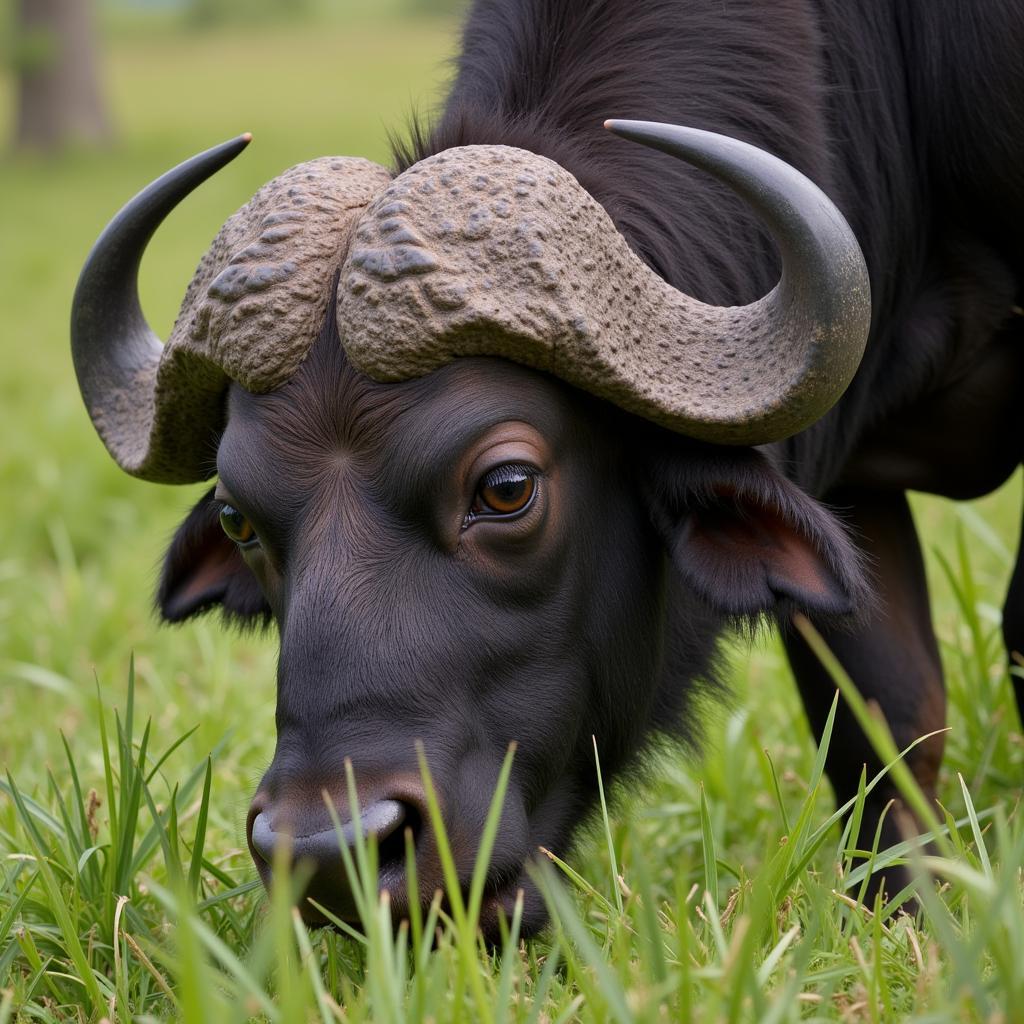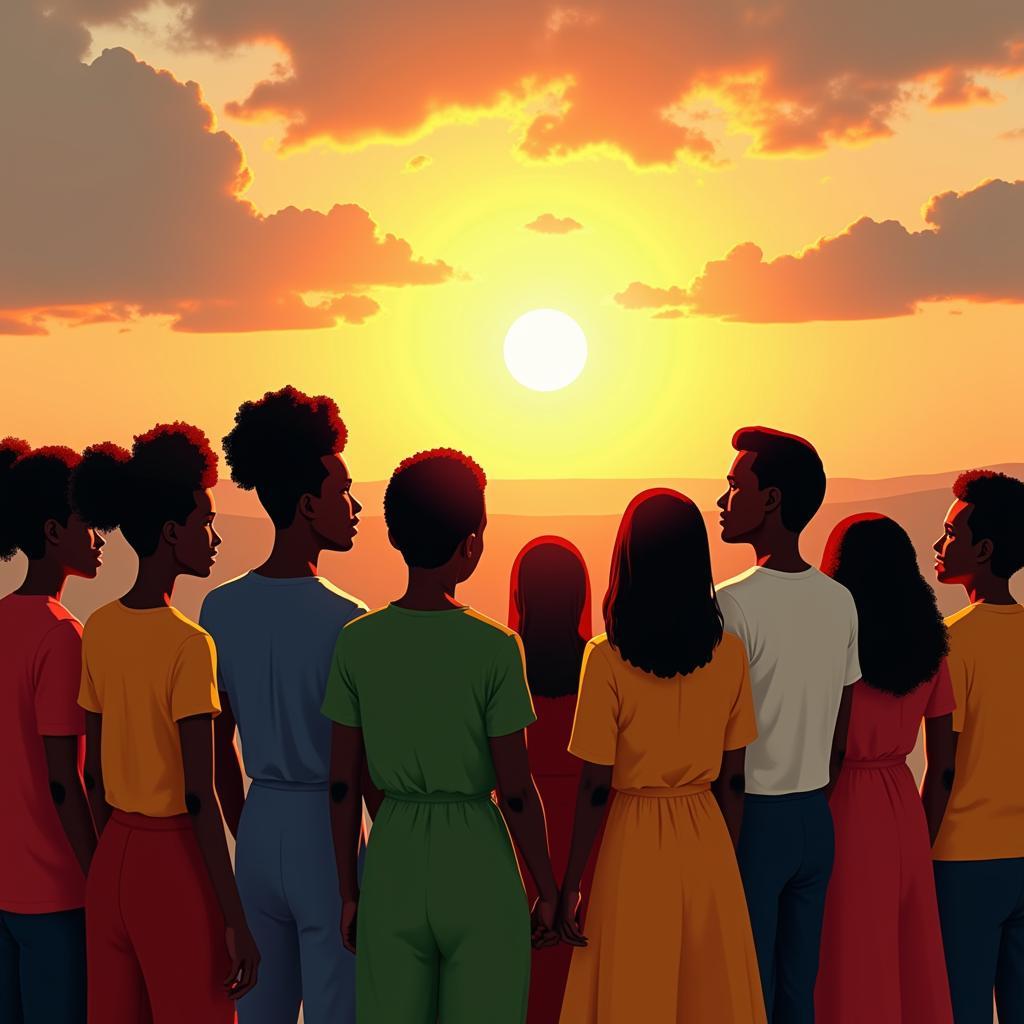A Timeline of African American Fashion
African American fashion is a vibrant tapestry woven from threads of resilience, creativity, and cultural pride. It’s a story of self-expression that has evolved over centuries, reflecting the challenges, triumphs, and unique experiences of Black people in America. From the practical clothing of enslaved Africans to the dazzling designs of contemporary fashion icons, this timeline highlights key moments and influential figures that have shaped the evolution of African American fashion.
The Early Years: Functionality and Resistance (1600s-1800s)
During the harrowing era of slavery, clothing served as a stark reminder of the power dynamics at play. Enslaved Africans were often forced to wear simple, coarse garments made from rough fabrics like hemp and flax. These clothes were designed for functionality and durability, reflecting their dehumanizing status. However, even within these constraints, Black people found ways to express their identity and resist oppression through subtle acts of adornment.
Headwraps, for example, served both practical and symbolic purposes. They protected hair from the elements, but also carried cultural significance and were used to communicate messages of resistance. Women would often tie their headwraps in specific ways to signal their marital status, social standing, or even their escape routes.
The Post-Civil War Era: A New Sense of Freedom and Style (Late 1800s-1920s)
The abolishment of slavery in 1865 marked a turning point in African American history and fashion. With newfound freedom, Black people were finally able to express themselves through their clothing choices without the restrictions imposed by slavery. This era saw the rise of sartorial elegance, as Black communities embraced tailored suits, elaborate dresses, and flamboyant hats.
Church became a particularly important venue for showcasing fashion. Sundays offered a chance for Black people to dress in their finest attire, reflecting their newfound social mobility and aspirations. This period also saw the emergence of Black designers and dressmakers who catered specifically to the growing Black middle class.
The Harlem Renaissance: A Celebration of Black Identity and Creativity (1920s-1930s)
The Harlem Renaissance was a period of unparalleled cultural flourishing in African American communities. This artistic and intellectual movement, centered in Harlem, New York, saw a surge in Black literature, music, dance, and fashion. African American fashion during this time was characterized by bold colors, geometric patterns, and a rejection of Eurocentric beauty standards.
Designers like Ann Lowe and Elizabeth Keckley created stunning gowns for socialites and celebrities, challenging the notion of white dominance in the fashion world. The flapper dress, a symbol of female liberation, was also embraced by Black women who added their own unique flair to the style.
The Civil Rights Era: Fashion as a Tool for Activism (1950s-1960s)
The Civil Rights Movement saw African Americans fighting for equal rights and an end to segregation. Fashion played a pivotal role in this struggle, becoming a powerful tool for expressing solidarity and challenging the status quo. The simple, dignified clothing worn by activists like Martin Luther King Jr. and Rosa Parks projected an image of strength and unity.
The Afro hairstyle, a symbol of Black pride and natural beauty, emerged as a powerful statement of resistance against Eurocentric beauty standards. This era also saw the rise of dashikis, colorful, loose-fitting garments inspired by traditional African clothing, which became a symbol of Black consciousness and pan-Africanism.
The Black Power Movement and Beyond: Embracing Diversity and Individuality (1970s-Present)
The Black Power Movement of the late 1960s and early 1970s further emphasized Black pride and self-determination. Fashion continued to evolve as a reflection of Black identity, embracing a wider range of styles and influences. From the Afrocentric fashion of the 1970s to the hip-hop style that emerged in the 1980s and beyond, African American fashion has continued to push boundaries and challenge conventional notions of beauty.
Contemporary African American fashion is a testament to the creativity and resilience of Black people. It’s a celebration of diversity, individuality, and cultural heritage. From streetwear to high fashion, Black designers and influencers are making their mark on the global fashion industry, shaping trends and inspiring future generations.
Conclusion
The African American Fashion Timeline is a journey through history, culture, and self-expression. It’s a story of resilience, creativity, and the ongoing pursuit of equality. By understanding the historical context and cultural significance of African American fashion, we can appreciate its impact on American society and its continued relevance in shaping contemporary trends and challenging norms.


